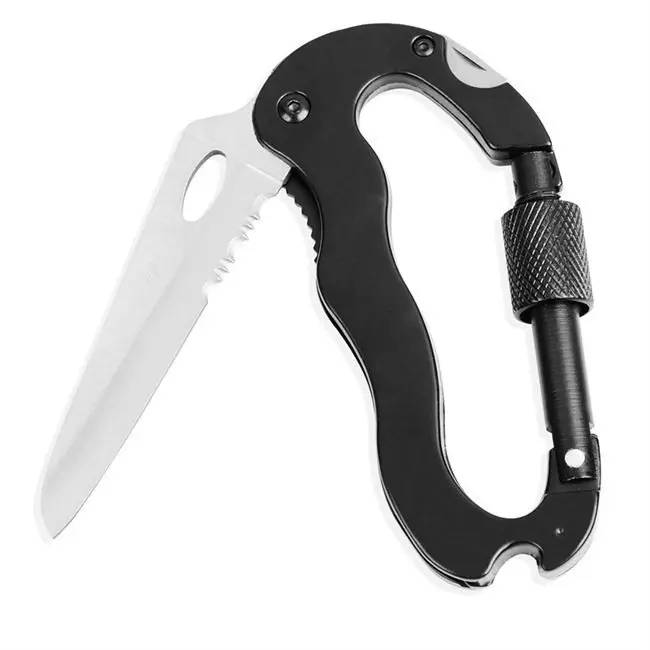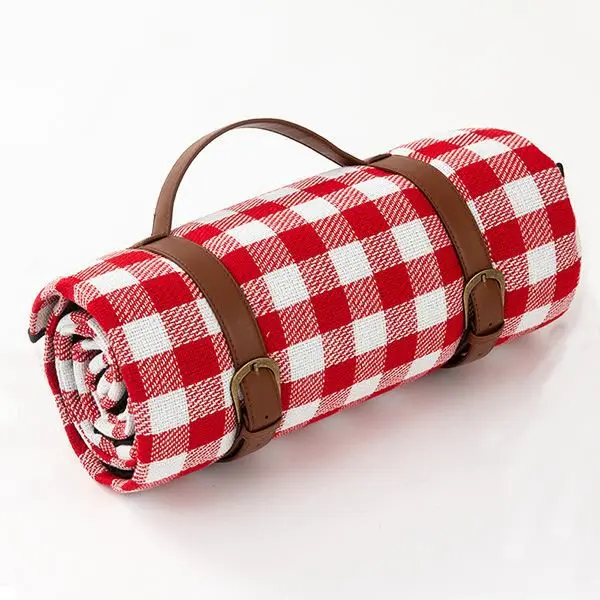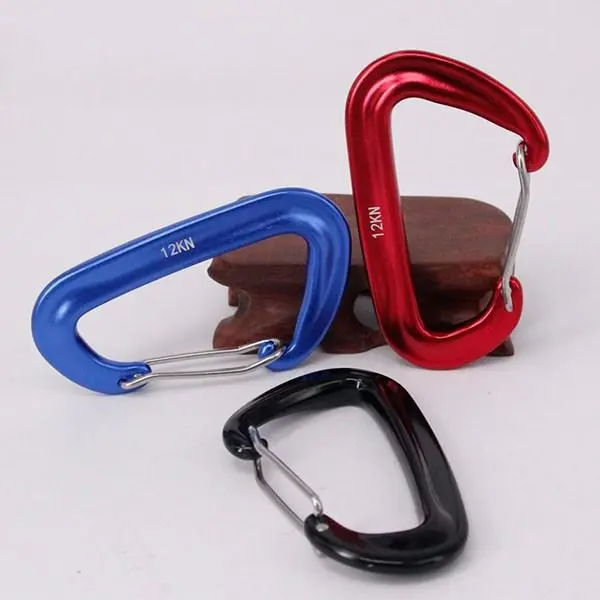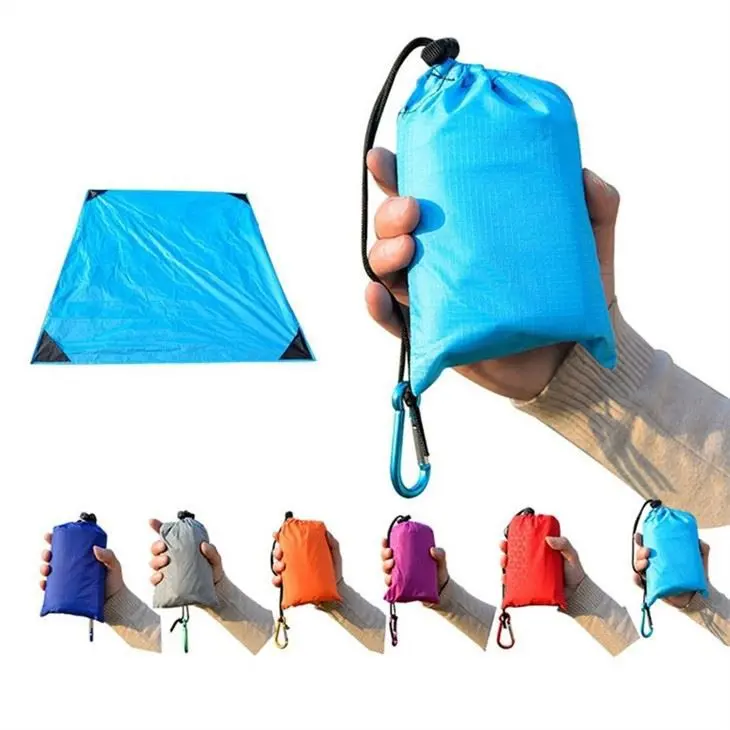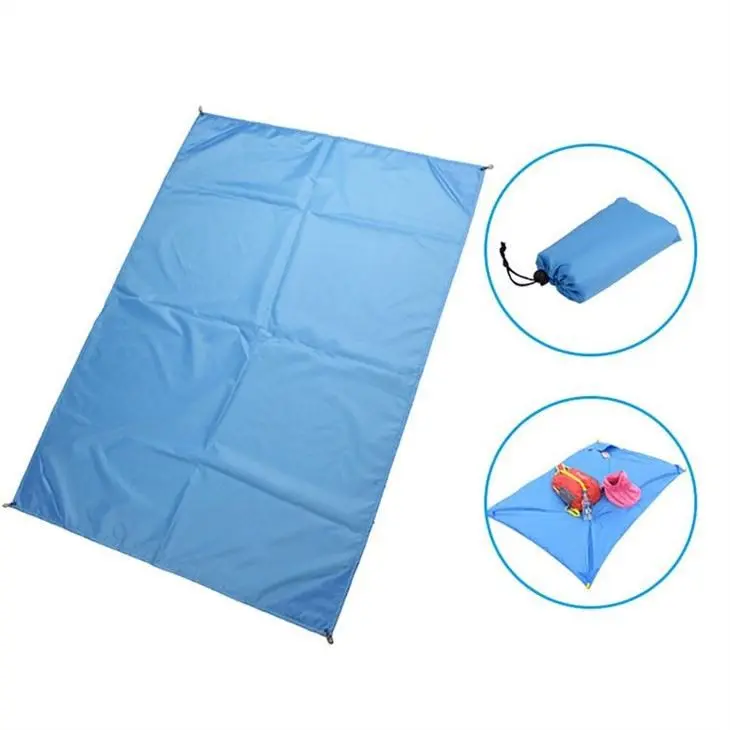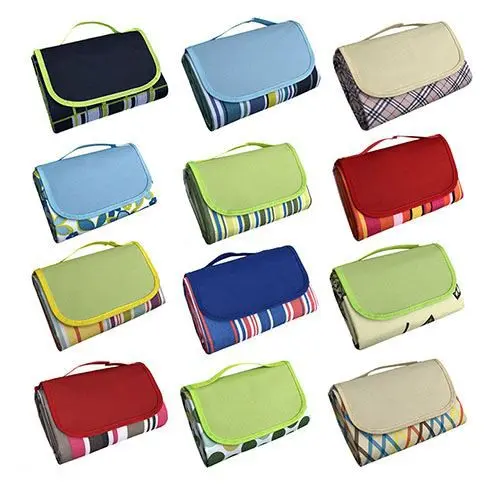What fabrics are used in camping tents?
The raincloth or outer tent of the tent is made of waterproof nylon cloth to resist the penetration of rainwater. A tent with good waterproofness will have waterproof glue on the seams to increase the waterproofness; the fabric of the main tent or inner tent is not as waterproof as the outer tent. tent, but will have good breathability. The ground cloth of the tent, like the outer tent, must be able to prevent moisture from penetrating from the ground surface. Therefore, the waterproofness of the ground cloth is very necessary. Be sure to pay attention when choosing.
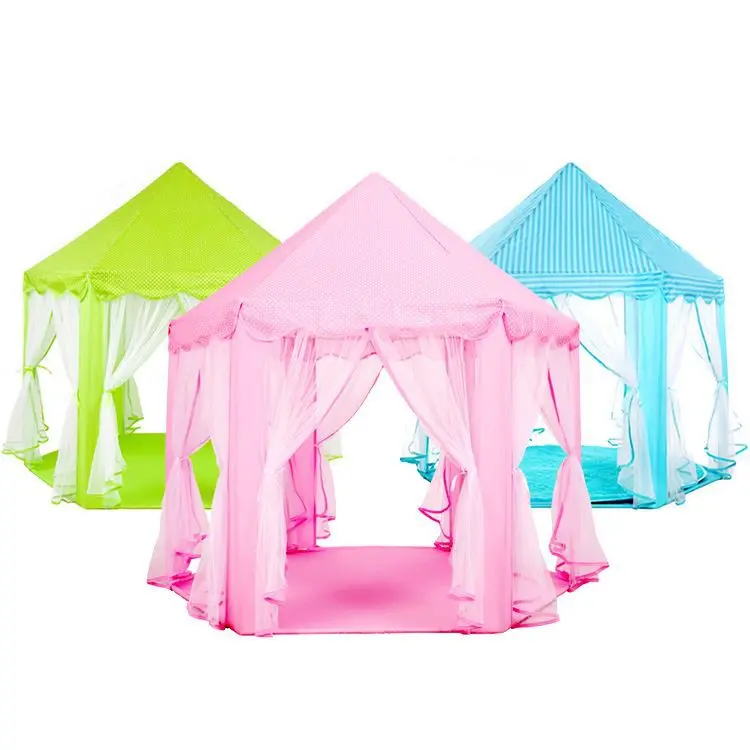
The fabric of the tent is mainly divided into three parts: outer tent fabric, inner tent fabric, and bottom tent fabric.
1. The outer tent mainly uses five materials: nylon, canvas, TC cloth, silk, Gore-tex
1. Nylon: The scientific name is polyamide fiber, mainly nylon 66 and nylon 6. It is named nylon in China, namely nylon 66 and nylon 6. Nylon has strong tension, bright and smooth color, does not fade easily, is soft in texture, has good strength, is not prone to mold, and will not be eaten by insects. It has low hygroscopicity and does not harden when exposed to freezing. It is currently the most widely used material.
2. Canvas (Oxford cloth): It is highly waterproof and has good thermal insulation effect. It is not hot when exposed to the sun, but its texture is hard and bulky, and it is easy to mold and fade. Its economic benefits are no longer as good as nylon, and it has been gradually eliminated.
3. TC cloth: The so-called TC cloth is a blended cloth of T (tetoron) and C (cotton). The warp part is woven with Tetoron, and the weft part is woven with cotton yarn. The result is TC cloth, so it has the characteristics of both and is durable. Grinding, good durability and strength, good breathability and strong texture, it is mostly used in large and medium-sized family tents.
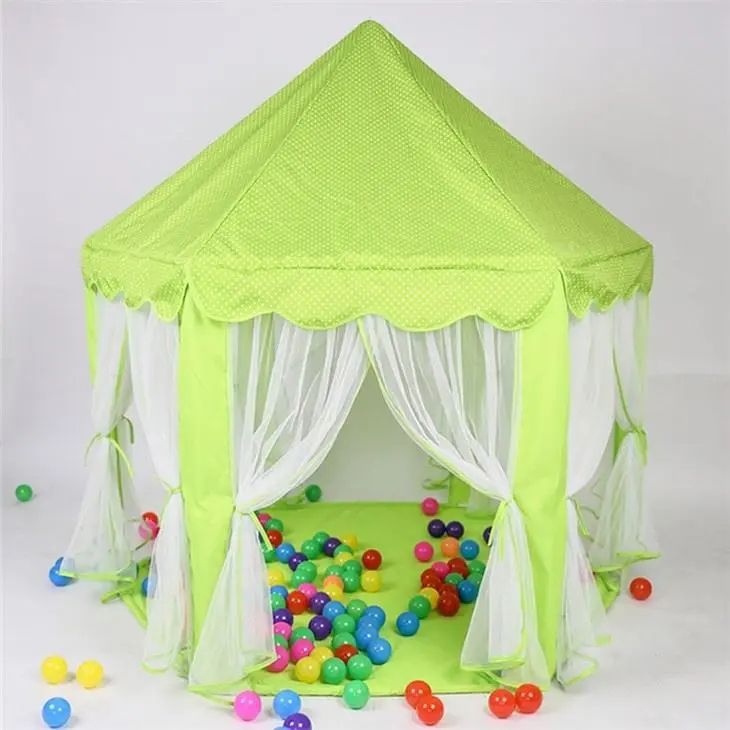
4. Silk: Silk fabric is a blend of nylon and man-made fibers. Therefore, after synthesis, it has the same characteristics as nylon and man-made fibers. The cloth surface is smooth and has good air permeability, but its durability and strength are not as good as pure nylon. It is mostly used in cold climates, such as in cold weather. In the weather, the tent door must be closed tightly and the water vapor in the tent must be dissipated to prevent it from being too stuffy or too humid.
5. Gore-tex: It is a product of the latest technology in the United States. It is breathable and waterproof, light weight, wear-resistant and durable, but it is relatively expensive.
B. The inner tent material is usually made of cotton-style nylon silk with good breathability.
From a usage perspective, nylon silk has better performance than cotton. When camping in the wild, tents tend to absorb moisture. Cotton fabrics are prone to mildew if not properly dried, while nylon fabrics dry easily and are less susceptible to mold.

The main function of the material at the bottom of the tent is waterproof, moisture-proof, and dust-proof
The choice of base material also determines the grade of the tent. Low-end tents usually use polyethylene (PE) as the base material, and polyvinyl chloride (PVC) is also used for low cost. Although double-sided coated PE is waterproof and moisture-proof, it is prone to wear and leakage. Winter is the nemesis of PVC base materials. The dry and cold climate will make it hard, brittle, and prone to creases or breaks. The polyurethane (PU) coated Oxford cloth as the base material greatly exceeds PE and PVC in terms of sturdiness, cold resistance, and waterproofness. The PU coating can not only overcome the shortcomings of PVC, but is also very waterproof. The waterproof pressure of PU with multiple coatings can reach more than 2000MM.

